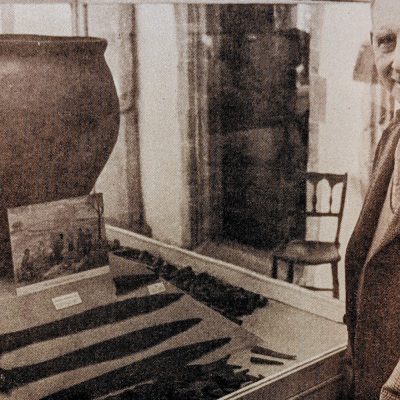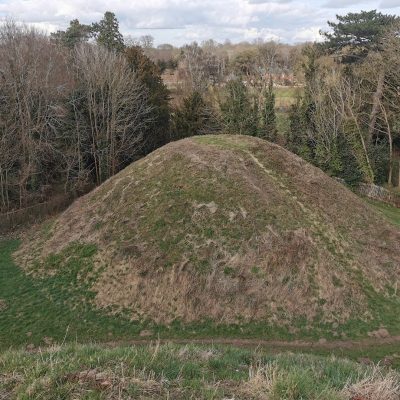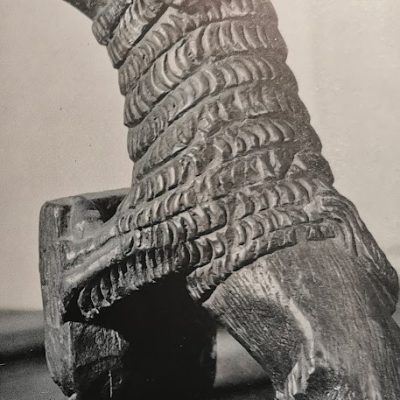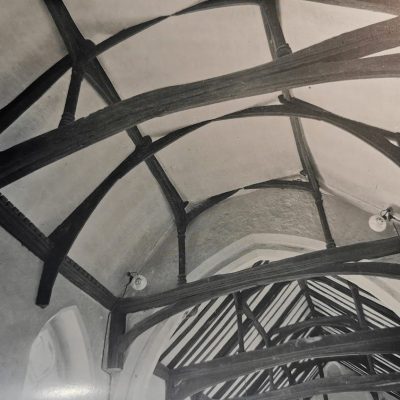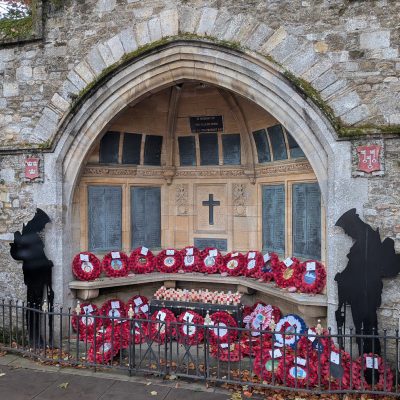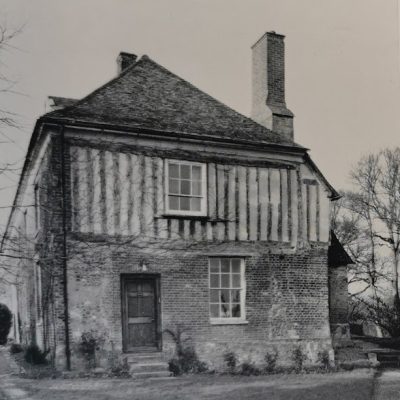Search by topic
- archaeology
- Building of Local Interest
- chapel
- charity
- church
- crime
- dressmaker
- fire
- Great Eastern Railway
- Listed building
- Mapping Relief
- medieval
- oral history
- poverty
- Public House
- Religious House
- Roman
- scholar
- school
- Then and Now
- tudor
- women
- work
- world war one
- world war two
Search by text
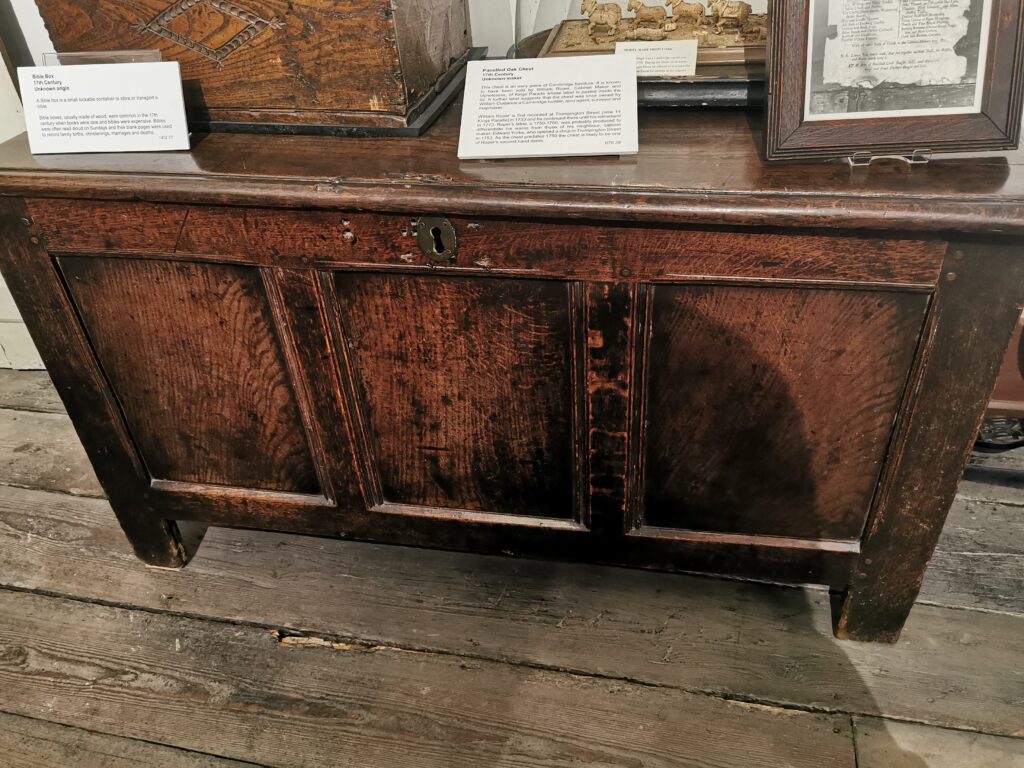 17th century panelled oak chest (MoC)
17th century panelled oak chest (MoC)Cambridgeshire in the 17th century
Cambridgeshire in the 17th century
This is an edited AI generated summary of the evidence available on Capturing Cambridge for events and developments in Cambridgeshire during the 17th century. As such it will be periodically updated and checked as new material is uploaded. Comments are welcome.
The 17th Century in Cambridgeshire: A Detailed Historical Study Through Capturing Cambridge & Related Sources
I. Context: The 17th Century — An Age of Change
The 17th century was a period of profound transformation in Cambridgeshire. Public health crises, political upheaval, architectural evolution, and expanding academic influence all shaped the county. Although Capturing Cambridge focuses more extensively on later centuries, many sites, buildings, and records documented there preserve traces of the 17th century, allowing us to reconstruct the lived experience of the period.
Public health challenges characterised the century, including repeated outbreaks of plague. Cambridge was hit several times, notably around 1630, when high mortality intersected with concerns about sanitation and water quality. Descriptions from the period depict the town as low-lying, dirty, and prone to stagnant water — conditions ideal for disease spread. These pressures encouraged major improvements such as the construction of Hobson’s Conduit.
II. Civic Infrastructure and Public Health
Hobson’s Conduit (early 1600s)
One of the most significant civic works of the century was Hobson’s Conduit, built to deliver fresh water from the springs at Nine Wells to Cambridge. This early-modern water-management system responded directly to the health needs of a growing population. Before this innovation, townspeople relied on contaminated local sources, leading to frequent illness.
The conduit improved sanitation, supported firefighting, and laid foundations for a more modern civic infrastructure. Today, elements of the system survive and are documented through conservation area reports and heritage references used by Capturing Cambridge.
III. Urban Architecture and Changing Building Styles
Across Cambridge, the 17th century marked a major shift in architectural style. Medieval timber structures increasingly gave way to brick buildings, classical influences, and mullioned windows. Conservation area surveys referenced by Capturing Cambridge note that many surviving street layouts preserve 17th-century property boundaries and building lines, even when structures themselves were rebuilt.
The transition from Gothic to classical design can be detected in:
– surviving façades of inns and townhouses
– university-owned properties
– civic buildings later remodelled but retaining 17th-century cores
IV. Social Life, Commerce, and Inns
The Eagle (1667)
One of the most notable surviving 17th-century establishments is The Eagle on Bene’t Street, founded as a coaching inn in 1667. Its façade dates from around 1600 and provides rare physical continuity with Cambridge’s early-modern streetscape. Inns like The Eagle served travellers, scholars, merchants, and townspeople, becoming centres of information exchange and social life.
This example offers insight into commerce and mobility. By the late 1600s, Cambridge was increasingly connected to national road networks, reflected in the success of large inns catering to coach travellers.
V. Cambridge in the English Civil War
The 1640s Civil War had a deep impact on Cambridgeshire. Cambridge became a stronghold for Parliament and headquarters of the Eastern Counties Association. The town was fortified, bridges destroyed or defended, and the castle refortified to resist Royalist attack. Soldiers were billeted in colleges and town buildings, disrupting daily life.
These events transformed the physical and social landscape:
– defensive earthworks altered approaches to the city
– university buildings housed troops
– political loyalties fractured communities
By 1645, Parliamentary control had stabilised the region, but the disruption influenced property ownership, governance, and local economics for decades.
VI. University and Collegiate Influence
The dominance of the University of Cambridge over the town grew stronger during the 17th century. Colleges consolidated land, acquired new properties, and increasingly directed building standards and land use. Conservation documentation indicates that by the 1600s, much of central Cambridge was controlled directly or indirectly by colleges, shaping:
– tenancy rights
– commercial development
– architectural styles
– governance and local justice
This deepened historic tensions between “town” and “gown,” a theme explored across many Capturing Cambridge entries for later centuries, but already deeply rooted in the 1600s.
VII. Public Health, Urban Life, and Environmental Conditions
Cambridge’s geography shaped daily life. Contemporary descriptions emphasised its marshy surroundings, the slow-moving river, and the prevalence of fog and damp. These environmental features affected:
– health and mortality
– travel into and out of the city
– building materials and maintenance
– agricultural patterns in surrounding villages
Most of Cambridgeshire remained rural, with fenland communities sustaining fishing, fowling, peat-cutting, and reed-gathering economies. Although Capturing Cambridge has fewer 17th-century village entries, such patterns can be inferred from later oral histories and parish-based research.
VIII. Themes Emerging from the 17th Century
1. From medieval to early-modern urban form
The century saw the gradual replacement of timber buildings and the introduction of more durable materials and design principles.
2. Institutional consolidation
The university’s power shaped the economic and architectural future of the town.
3. Resilience amid crisis
Repeated plagues and the Civil War tested the population, but the town adapted through improved infrastructure and reorganisation.
4. Environmental continuity
Cambridge remained deeply tied to fenland landscapes, long before major drainage works transformed the county in the 18th century.
IX. Importance of Capturing Cambridge for Understanding the 17th Century
While Capturing Cambridge contains more extensive material on the 18th–21st centuries, its mapping of heritage properties, public houses, streets, and archaeological findings helps identify:
– 17th-century building survivals
– street plans unchanged since the 1600s
– conservation evidence of early-modern architectural phases
– continuity of commercial and social sites
This allows historians to reconstruct the 17th century as a transitional era laying the groundwork for modern Cambridge.
X. Conclusion
The 17th century was a defining period for Cambridgeshire. Through crisis, conflict, and renewal, the county — and particularly Cambridge — evolved from a medieval town into an early-modern civic and academic centre. The innovations in water supply, changes in architectural style, expansion of university authority, and impact of the Civil War shaped the city’s subsequent centuries.
Although records and buildings from the 1600s are fragmentary, heritage projects such as Capturing Cambridge allow us to piece together a rich, multilayered narrative of resilience and transformation. The 17th century stands as a pivotal bridge between the medieval origins of Cambridge and its later emergence as a world-renowned centre of learning, culture, and scientific progress.
Contribute
Do you have any information about the people or places in this article? If so, then please let us know using the Contact page or by emailing capturingcambridge@
License
This work is licensed under CC BY-NC-SA 4.0





